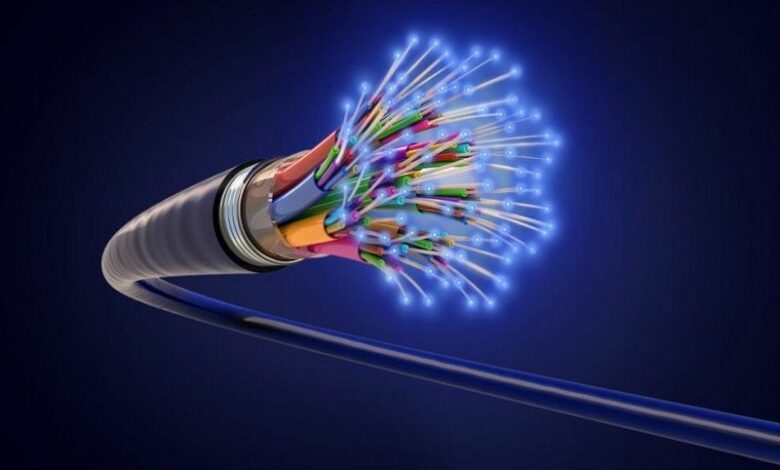The Future Of Fiber Optic Technology And Its Impact On Networking And Communication

Fiber optic technology has experienced significant growth over the past several years and has become integral to various networks. The growing demand for greater bandwidth, high-speed transmissions, and secure networking solutions has made fiber optic technology a much sought-after solution for network and communication systems. This innovative technology single-handedly revolutionized digital communication and connectivity.
The fiber optic market is expected to experience a growth rate of 8.5% over the next few years, and by 2025, its market share is expected to reach around $7.25 billion. Gaining a proper understanding of the future of this technology and its likely impact on networking and communication will provide insight into the upcoming challenges and opportunities in this field.
An Overview Of The Future Of Fiber Optic Technology
Predicting the future of any technology, including fiber optics, involves considering countless aspects. Also, based on current trends and available information, it is possible to make an educated guess. Here is how fiber optic technology is likely to expand in the following ways in the coming years:
New Projects Based On Fiber Optic Technology
Given the various benefits of fiber optics, the technology is being considered for several new global projects. Usingf single-mode optical fiber cables to improve public infrastructure and communication networks has become a top priority in various cities worldwide. Similarly, the technology is being considered to meet the demand for high-speed internet and higher bandwidth for people’s large-scale online work and communication needs. Moreover, the expansion of 5G networks relies heavily on fiber-optic technology, further enhancing this technology’s scope.
Expanding The Reach Of the Internet
Many people find it surprising that several countries across the globe are still deprived of the benefits of basic internet connectivity. But now, thanks to the evolution of fiber optic technology, this scenario is about to change. The technology will make it possible for new countries to gain access to high-speed internet connectivity with minimum bandwidth costs. This will open up several opportunities for the growth and development of these countries and connect with the world. Technology giants like Facebook and Google have already planned initiatives to expand the reach of the Internet to such countries.
Significant Improvement In Speed And Efficiency
As the internet continues to grow and expand, the demand for more incredible speed and efficient services has also increased. Fiber optic technology offers a perfect solution for both these problems by enabling high-speed data transfer across highly secure networks. In addition to single mode and multimode fiber optic cable, the technology relies on the latest devices like optical couplers and optical switches to ensure faster data transmission across long distances without any electrical processing. Moreover, the use of Radio-over-fiber for transmitting radio signals through optical fibers is gaining much popularity in various industrial sectors that rely heavily on radio signals.
Impact Of Fiber Optics Technology On Networking And Communication
As can be understood from the above discussion, fiber optic technology will play a critical role in enhancing the performance and efficiency of networking and communication systems. This can be better understood by considering the following:
- The multi-terabit transmission will become a reality soon, thanks to the Dense Wave Division Multiplexing and plans to develop multi-terabit optical networks. To ensure the same, research on ways to provide higher bandwidths of more than 100Gbps and reduce the cost of fiber optic cables and associated components are being conducted.
- To overcome the limitation of dynamic allocation data bandwidth followed in traditional optical networks, using intelligent optical networks is emerging as the best option. It is expected to solve the problem of unpredictable bandwidth allocation to ensure that the demands of modern networks are met more satisfactorily.
- Replacing the glass core of the fiber optic cables with polymer is another possibility that is being considered. This is expected to increase the efficiency of the networks and communication system using fiber optic technology. It is also likely to reduce the cost of fiber optic cables and components by a significant margin.
Final Thoughts
The future of networking and communication relies heavily on fiber optic technology. The technology must also evolve constantly to meet changing market needs while maintaining the highest performance standards.